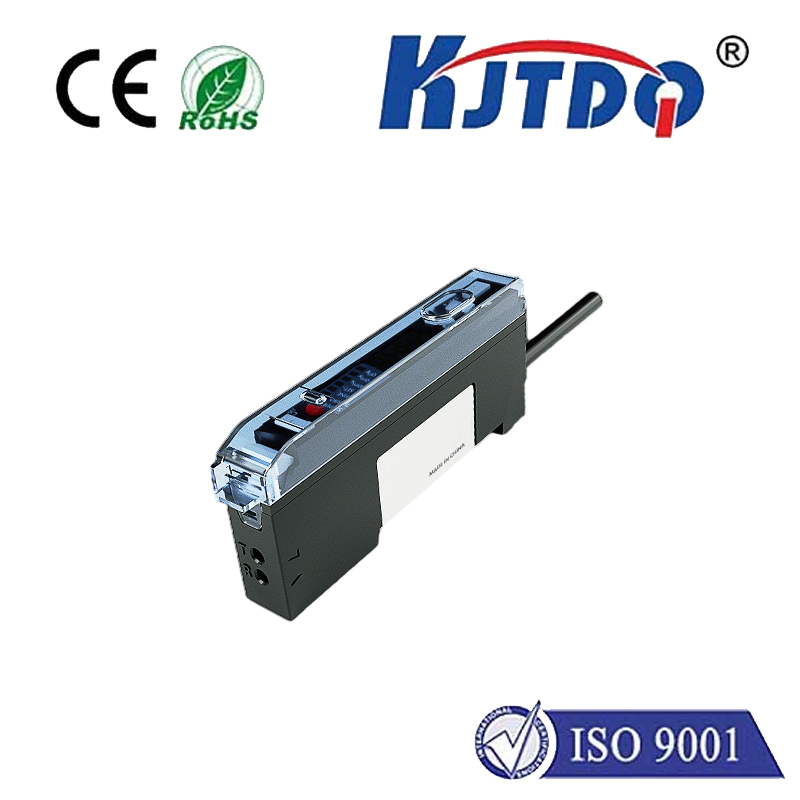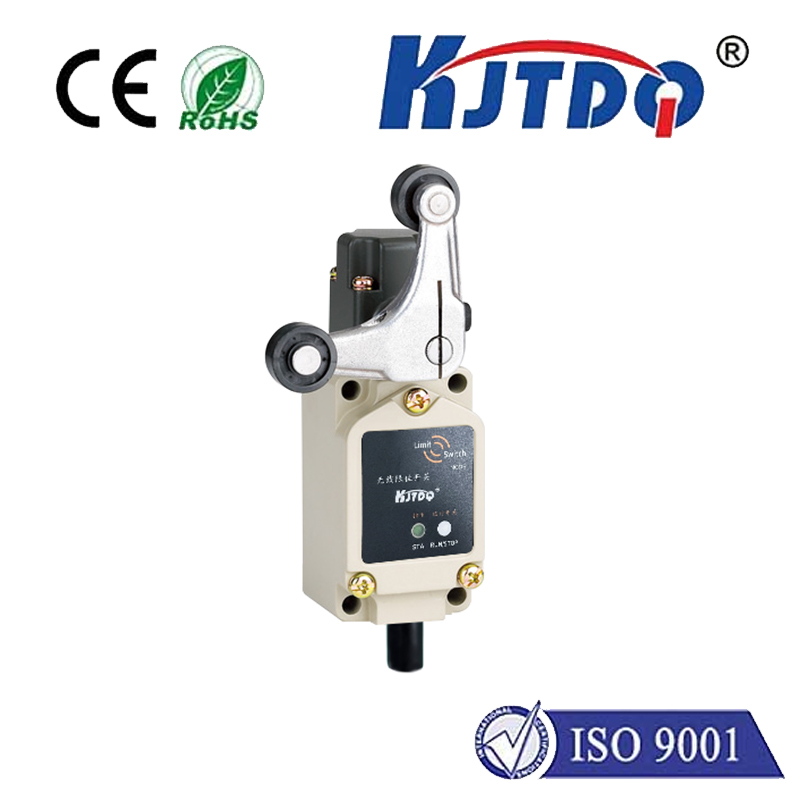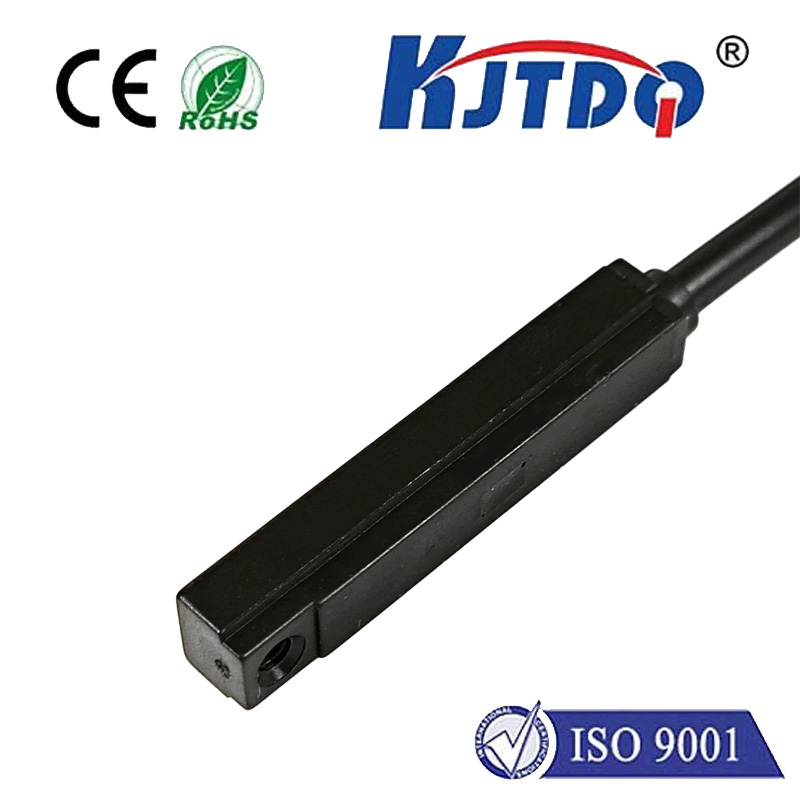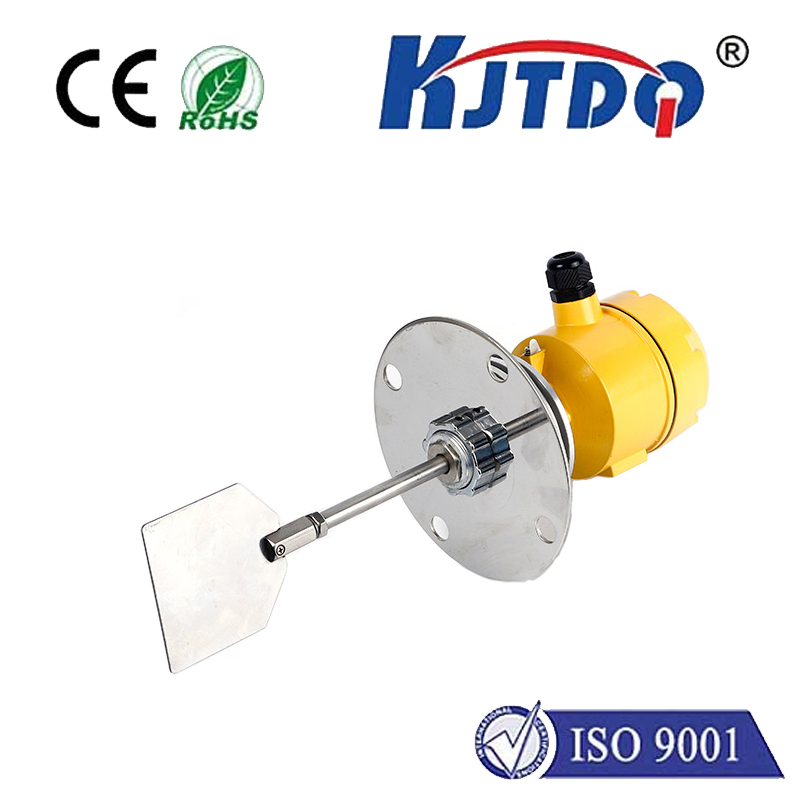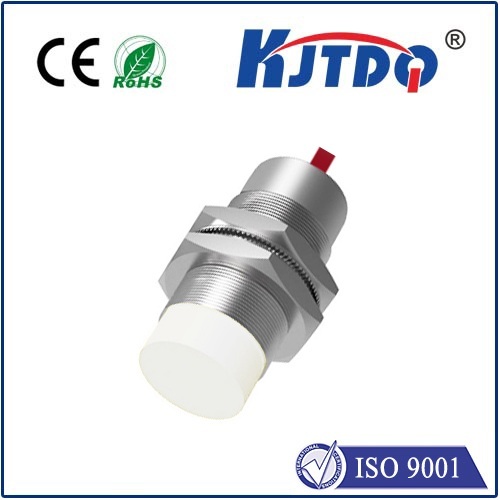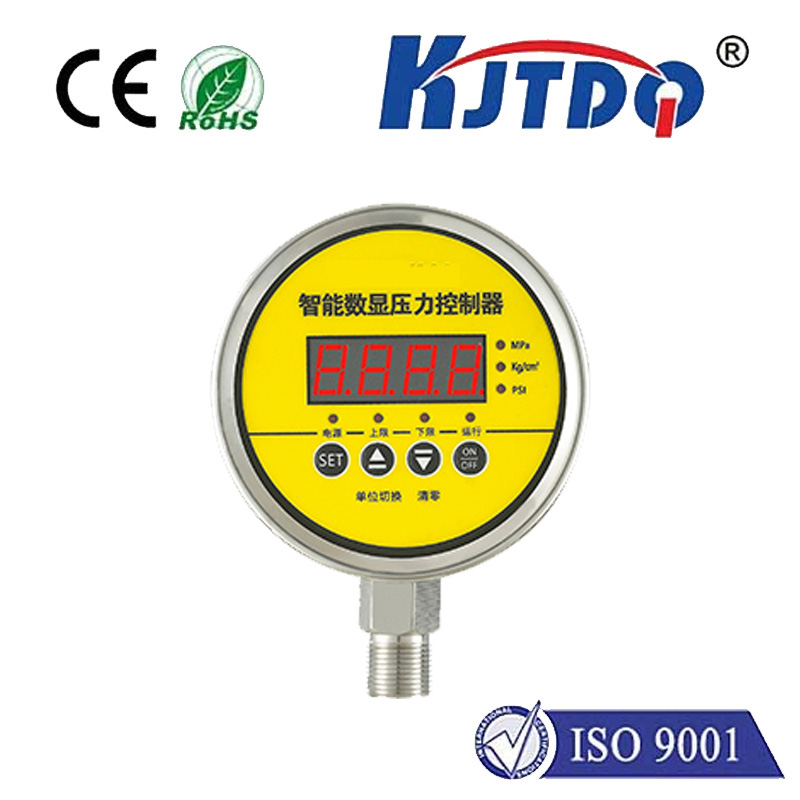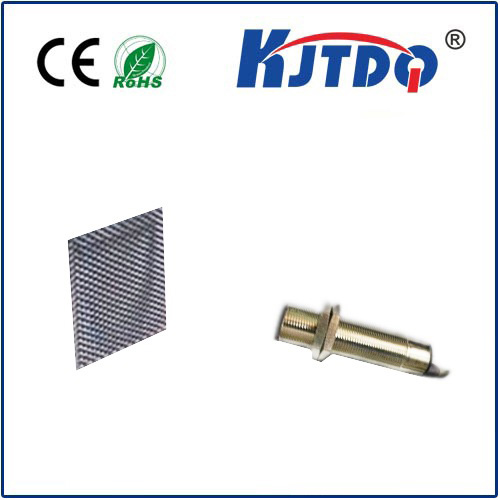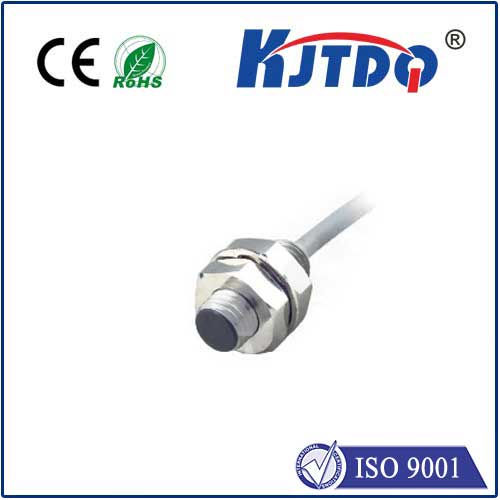proximity photo sensor
- time:2025-06-23 15:29:32
- Click:0
Beyond Touch: Unveiling the Magic of Proximity Photo Sensors
Imagine your smartphone screen automatically dimming when you hold it to your ear during a call. Or picture a complex conveyor belt system elegantly halting before delicate products collide. These seemingly simple actions often rely on a remarkable, yet frequently unseen technology: the proximity photo sensor. Far more than just a component, this versatile sensor is a key enabler of non-contact detection and automation across countless industries, working silently to enhance efficiency, safety, and user experience.
Understanding the Core: Light as a Measure of Distance
At its heart, a proximity photo sensor operates on a fundamental optical principle. It functions as a self-contained unit, comprising both a light emitter (typically an Infrared LED - IR LED) and a light receiver (usually a phototransistor or photodiode). Here’s the elegant simplicity of its operation:
- Emission: The IR LED emits an invisible beam of infrared light, chosen specifically because it avoids interference with visible ambient light.
- Reflection: When an object enters the sensor’s detection zone, this infrared light reflects off its surface.
- Reception: The reflected light travels back towards the sensor and is captured by the phototransistor.
- Detection Logic: The sensor’s internal circuitry analyzes the intensity of the received light. A significant increase in reflected light intensity signifies the presence of an object within a predefined range. Crucially, the sensor outputs a simple, clear signal – typically a switch-like “ON” (object present) or “OFF” (no object) state.
This non-contact detection capability is the sensor’s primary superpower. Unlike mechanical switches, proximity photo sensors can detect objects without physical touch, eliminating wear and tear and enabling high-speed detection.

Why Proximity Photo Sensors Reign Supreme: Key Advantages
Their widespread adoption isn’t accidental. Proximity photo sensors offer a compelling set of benefits:
- Non-Contact Operation: As emphasized, this eliminates physical wear on both the sensor and the target object, leading to dramatically longer sensor lifespan and gentle handling of fragile items.
- High-Speed Response: The detection process, relying on the speed of light, is incredibly fast. These sensors excel in high-speed automation lines where rapid object counting, positioning, or sorting is critical.
- Resilience Against Harsh Environments: Unlike some mechanical sensors, they are largely unaffected by dust, oil, vibration, or moisture (within specified IP ratings), making them robust choices for industrial settings.
- Versatility in Detection: They can detect a vast array of materials – metals, plastics, wood, glass, liquids – provided the object reflects enough infrared light. Variations exist (like polarized sensors) to improve reliability on shiny or dark surfaces.
- Compact and Cost-Effective: They are generally small, easy to integrate into existing machinery, and offer excellent value for the functionality they provide.
Where the Magic Happens: Diverse Applications
The utility of proximity photo sensors spans nearly every sector demanding automation or non-contact detection:
- Industrial Automation: The backbone of modern factories. Used for precise object counting on conveyors, verifying part presence in assembly stations (end-of-arm tooling), detecting jams, monitoring fill levels (in transparent containers), and triggering robotic actions. Their ability to function reliably in dirty or noisy environments is critical here.
- Consumer Electronics: The silent hero behind features like auto screen dimming during phone calls (preventing accidental touches), automatic faucets and soap dispensers, and presence detection in smart home devices. Enhancing user experience through intuitive interaction.
- Automotive: Employed for functions like detecting hands-free trunk opening gestures, monitoring gear lever position, ensuring seat belt engagement, and detecting vehicle occupancy for safety systems. Contributing to both convenience and safety.
- Security Systems: Used in door and window sensors (detecting opening/closing based on beam interruption), and presence detection for intrusion alarms. Providing non-intrusive monitoring.
- Appliance Control: Found in automatic hand dryers, paper towel dispensers, and appliances requiring user proximity detection for activation or energy saving modes.
- Printing and Packaging Machinery: Essential for detecting paper jams, verifying label presence, and precisely aligning materials during high-speed operations. Ensuring uninterrupted production flow.
Optimizing Sensor Selection: Factors to Consider
Choosing the right proximity photo sensor involves carefully evaluating several parameters:
- Sensing Distance: The maximum reliable detection range required for the application. Sensors come with ranges from a few millimeters to several meters. Over-specifying adds cost; under-specifying causes failures.
- Environmental Conditions: Will the sensor face dust, water spray, high temperatures, oil mist, or strong ambient light? Selecting the appropriate Ingress Protection (IP) rating and housing material (e.g., metal vs. plastic) is vital. Models with background suppression are crucial for ignoring distant objects or reflective backgrounds. For challenging lighting, sensors with modulated light (pulsing the IR beam) offer superior immunity to ambient light interference.
- Target Object Characteristics: Size, color, material (especially reflectivity), and surface finish (matte vs. glossy) significantly impact detection reliability. Dark, matte, or highly absorbent materials reflect less IR light. Small objects require sensors with tighter beam patterns.
- Output Type: Digital (NPN/PNP transistor switching) is most common for presence/absence detection. Analog output variants provide distance-proportional signals, useful for precise position monitoring.
- Response Time: Crucial for high-speed applications to ensure the sensor can keep pace.
- Mounting Constraints: Size, shape, and connection type (cable, connector) need to fit the physical installation space.
A Fundamental Force in Sensing
From the palm of your hand to the heart of a bustling factory, proximity photo sensors deliver indispensable functionality. Their elegant blend of simplicity, reliability, speed, and non-contact operation solves countless detection challenges. By translating the presence of an object into a clear electrical signal through the medium of light, they form a crucial link in the chain of modern automation and intelligent interaction. Understanding their principles, strengths, and application nuances empowers engineers and designers to harness their potential effectively, driving innovation and efficiency in an increasingly automated world.






